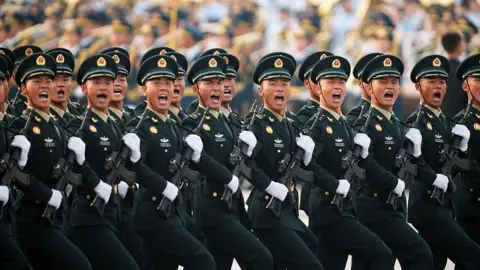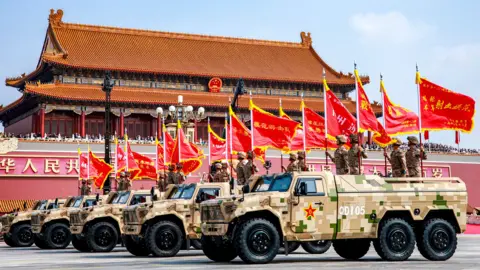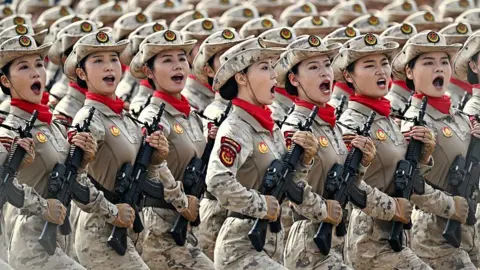In a crucial address to Asia's defense leaders at the Shangri-La Dialogue in Singapore, U.S. Secretary of Defense Pete Hegseth emphasized the need for reinforced partnerships among Indo-Pacific allies in light of increasing tensions with China. Hegseth underscored that as Europe assumes greater responsibility for its defense, the U.S. will deepen collaboration with Asia, particularly through joint arms manufacturing and training initiatives.
“No one should doubt America’s commitment to our Indo-Pacific allies and partners,” Hegseth asserted. He warned that the threat posed by China remains significant and potentially urgent, hinting at the complexities surrounding Taiwan—an island claimed by Beijing.
Hegseth's remarks resonate with prior defense strategies, echoing the policies of former Defense Secretary Lloyd J. Austin III, suggesting stability in U.S. defense strategies in the Indo-Pacific amidst changing global dynamics. He noted recent enhancements in military positioning, including the deployment of advanced anti-ship missile systems to the Philippines, as part of a broader strategy to deter territorial aggressions.
Further, he highlighted plans for collaborative defense production with allies ranging from India to Australia, focusing on strategic assets like artillery shells and drones to enhance collective defense capabilities. Hegseth's speech framed a vision for a cohesive, proactive stance against potential threats, marking a pivotal moment in U.S.-Asia relations amid a backdrop of uncertainty on the international stage.






















